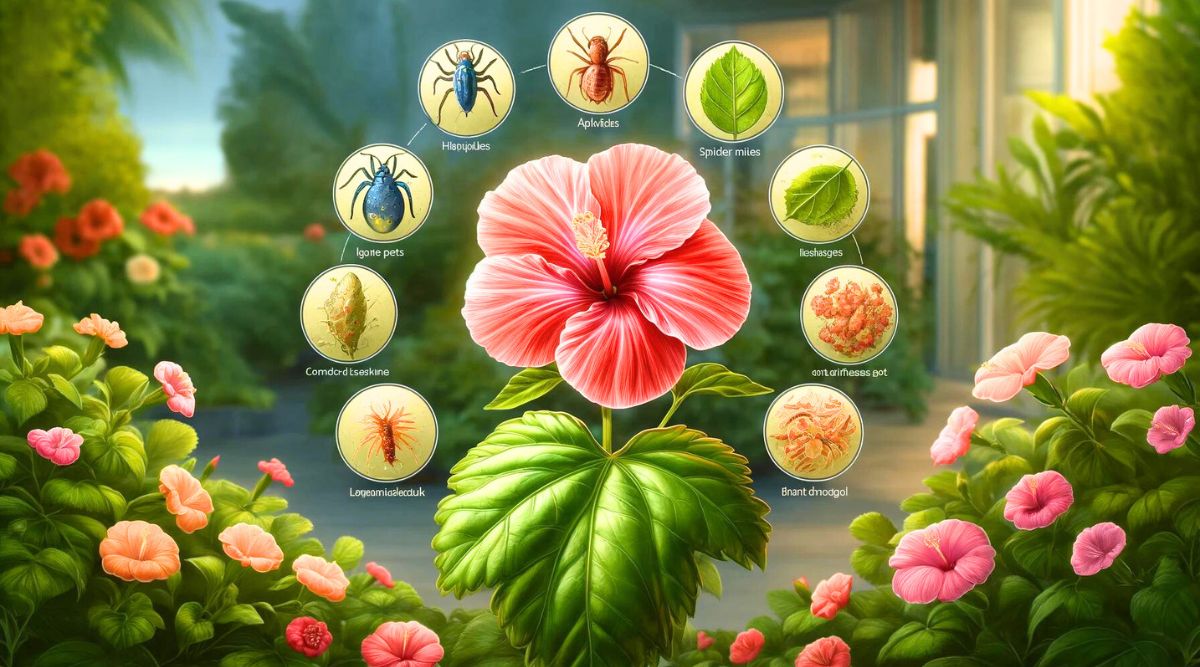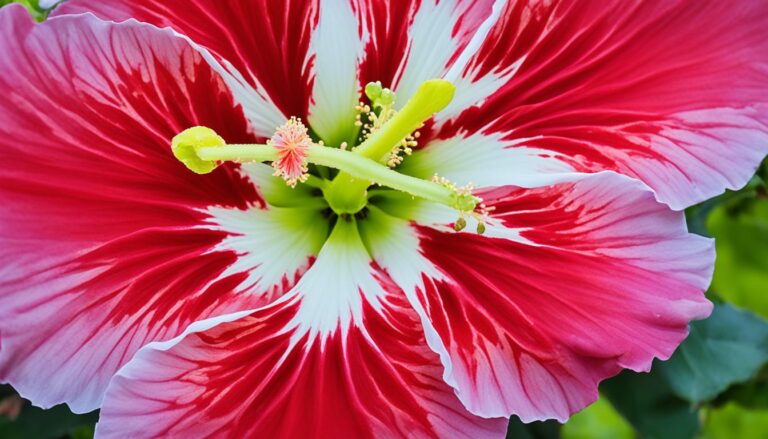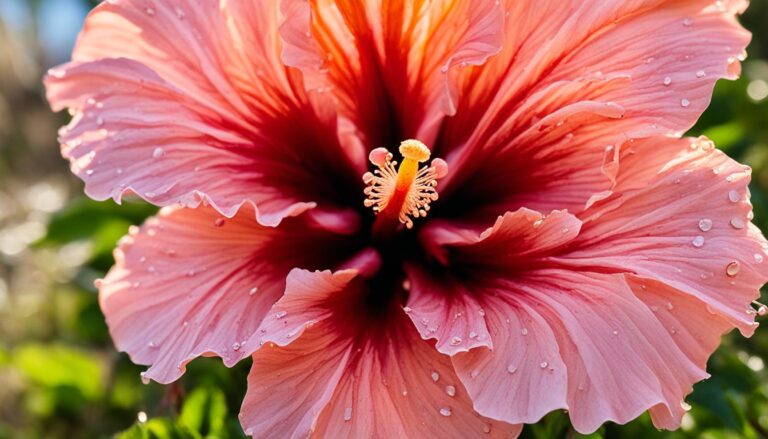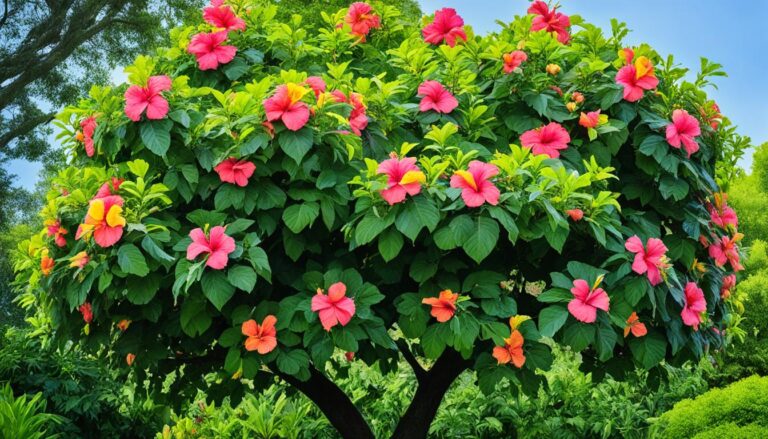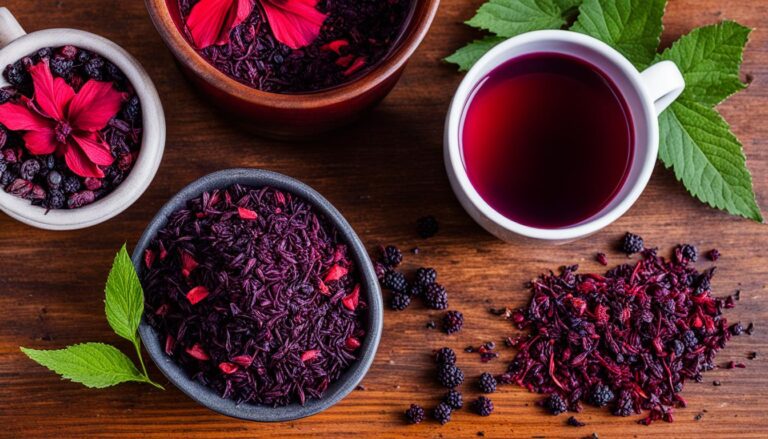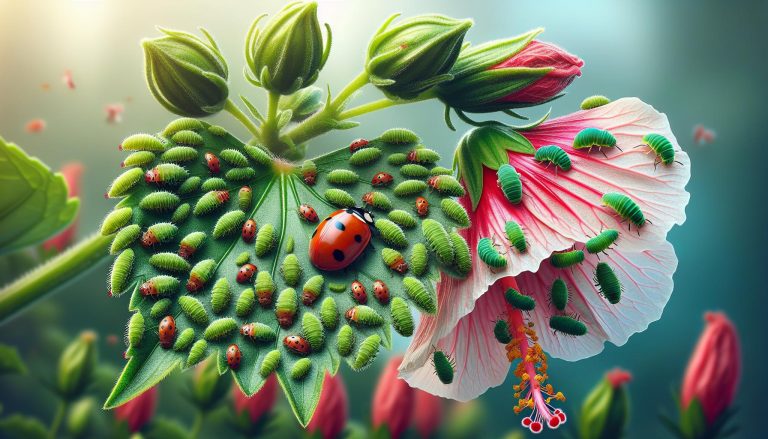Hibiscus Diseases and Pests – Expert Tips to Keep Your Plants Healthy and Beautiful
Hibiscus plants, with their stunning tropical flowers, are a beloved addition to many gardens. As an avid gardener with over 7 years of experience, I’ve developed a deep passion for these beautiful plants.
However, even the most well-tended hibiscus can fall victim to various pests and diseases. Knowing how to identify and control these issues is crucial for maintaining the health and beauty of your hibiscus plants.
In this article, we’ll explore the most common hibiscus pests and diseases, as well as effective methods for prevention and control.
As a hibiscus enthusiast with a garden full of these stunning plants, I’ll share my personal experiences and insights to help you keep your hibiscus thriving.
Common Hibiscus Pests
Aphids
Aphids are small, soft-bodied insects that feed on the sap of hibiscus plants. They often gather on the undersides of leaves and on new growth.

Signs of an aphid infestation include:
- Curled, distorted leaves
- Sticky honeydew secretions on leaves
- Presence of small, green, brown, or black insects
To control aphids, try these methods:
- Blast the plants with a strong jet of water to dislodge the insects
- Apply insecticidal soap or neem oil
- Encourage beneficial insects like ladybugs and lacewings
Spider Mites
Spider mites are tiny arachnids that feed on hibiscus leaves, causing damage that appears as small, light-colored dots. In severe infestations, you may notice fine webbing on the foliage.
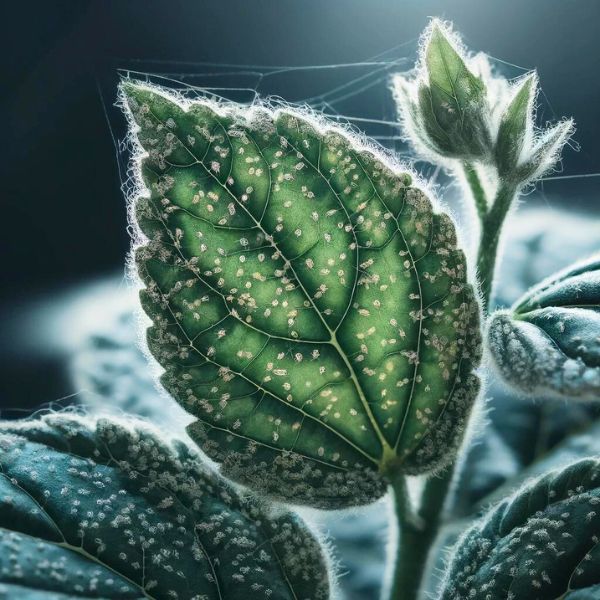
To control spider mites:
- Prune affected leaves and dispose of them
- Increase humidity around the plant by misting regularly
- Apply horticultural oil or insecticidal soap
Mealybugs
Mealybugs are small, white, cottony insects that feed on hibiscus sap. They often hide in leaf axils and crevices.
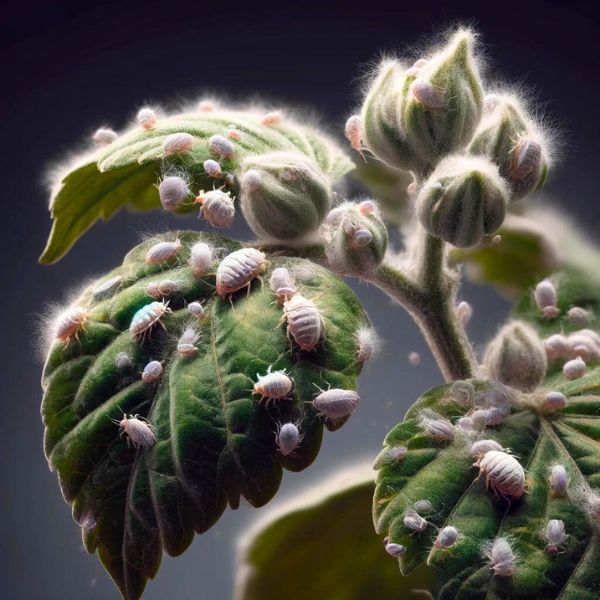
To control mealybugs:
- Remove the insects by hand using a cotton swab dipped in rubbing alcohol
- Apply insecticidal soap or neem oil
- Prune affected areas and dispose of cuttings
Thrips
Thrips are tiny, slender insects that feed on hibiscus flowers and leaves, causing discoloration and distortion.

To control thrips:
- Remove affected flowers and dispose of them
- Apply insecticidal soap or neem oil
- Use blue sticky traps to monitor and trap adult thrips
Common Hibiscus Diseases
Leaf Spot
Leaf spot is a fungal disease that causes circular spots on hibiscus leaves. The spots may have yellow halos and can cause leaves to drop prematurely.
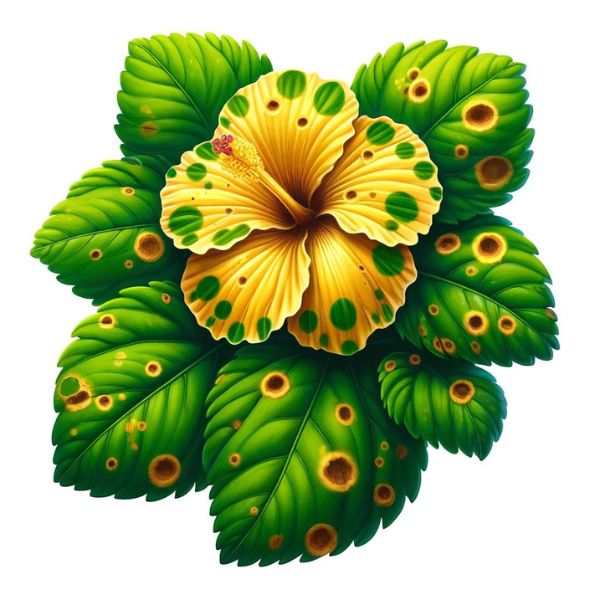
To control leaf spot:
- Remove affected leaves and dispose of them
- Avoid wetting the foliage when watering
- Apply a fungicide according to label instructions
Bud Drop
Bud drop occurs when hibiscus buds fall off before opening. This can be caused by environmental stress, such as temperature fluctuations or inconsistent watering.
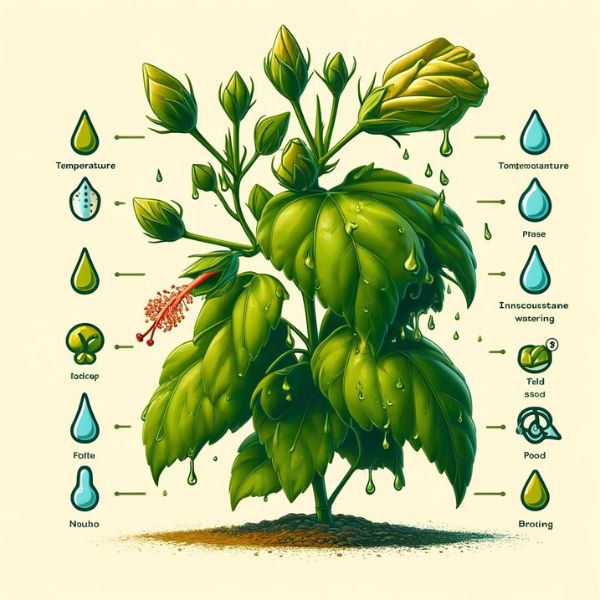
To prevent bud drop:
- Maintain consistent watering and avoid letting the soil dry out completely
- Protect plants from extreme temperature changes
- Provide adequate light and nutrition
Nutrient Deficiencies
Hibiscus plants require a balanced supply of nutrients to thrive.
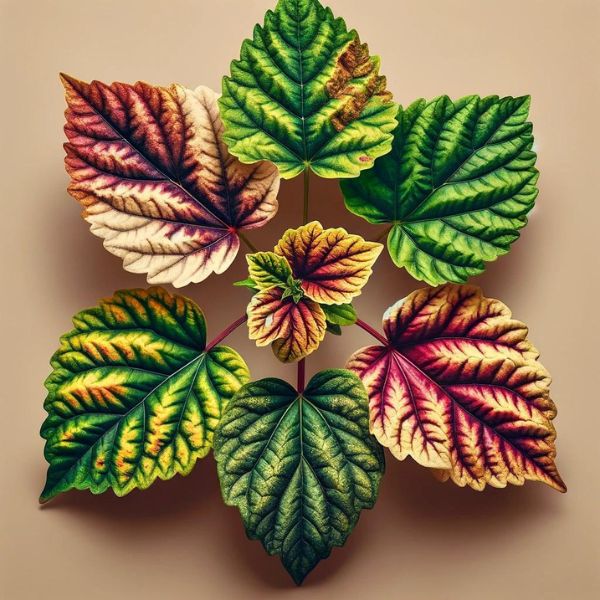
Common nutrient deficiencies include:
| Deficiency | Symptoms |
|---|---|
| Nitrogen | Yellowing of older leaves |
| Iron | Yellowing between leaf veins |
| Potassium | Brown leaf edges and yellowing |
To correct nutrient deficiencies:
- Perform a soil test to identify specific deficiencies
- Apply a balanced, slow-release fertilizer
- Use chelated iron or foliar sprays for iron deficiency
Viral Diseases
Hibiscus plants can be affected by several viral diseases, such as hibiscus chlorotic ringspot virus (HCRSV) and hibiscus latent Fort Pierce virus (HLFPV).

Symptoms may include:
- Yellow or white spots or rings on leaves
- Distorted or stunted growth
- Reduced flowering
Unfortunately, there is no cure for viral diseases. The best course of action is to:
- Remove and destroy infected plants
- Control insect vectors, such as aphids and whiteflies
- Purchase virus-free plants from reputable nurseries
Preventative Care
Preventing hibiscus pests and diseases starts with proper care. Here are some essential tips:
- Water deeply and consistently, allowing the soil to dry slightly between waterings. Ensure good drainage to prevent root rot.
- Fertilize regularly with a balanced, slow-release fertilizer. Avoid over-fertilizing, which can lead to excessive growth and increased pest problems.
- Prune regularly to remove dead, damaged, or crossing branches. This improves air circulation and reduces the risk of fungal diseases.
- Inspect your plants frequently for signs of pests or disease. Early detection allows for prompt action and better control.
In my experience, one of the most important aspects of preventative care is maintaining a clean growing environment. Regularly remove fallen leaves and debris from around your hibiscus plants, as these can harbor pests and diseases.
Natural and Organic Control Methods
While chemical pesticides can be effective, many gardeners prefer to use natural and organic methods to control hibiscus pests and diseases.
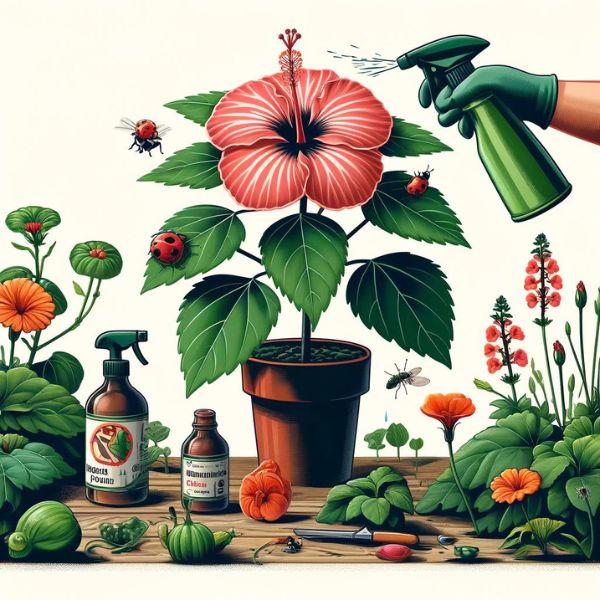
Some of my favorite approaches include:
- Beneficial insects: Encourage natural predators like ladybugs, lacewings, and parasitic wasps by planting a diverse array of flowering plants.
- Neem oil: This natural oil, derived from the neem tree, has insecticidal and fungicidal properties. It disrupts the life cycle of many pests and can be applied as a foliar spray.
- Insecticidal soaps: These potassium-based soaps are effective against soft-bodied insects like aphids, mealybugs, and spider mites. They work by disrupting the insects’ cell membranes.
- Companion planting: Certain plants, like marigolds and nasturtiums, can help repel pests and attract beneficial insects. Consider interplanting these with your hibiscus for added protection.
I’ve found that a combination of these methods, along with proper cultural care, can greatly reduce the incidence of pests and diseases in my hibiscus garden.
Conclusion
Growing hibiscus can be incredibly rewarding, but it’s essential to be prepared for the challenges posed by pests and diseases. By familiarizing yourself with common issues and their signs, you’ll be better equipped to protect your plants.
Remember, the key to success is early identification and prompt action. Regularly inspect your hibiscus plants and address any problems as soon as they arise.
With proper care, attention, and a combination of preventative measures and targeted control methods, you can keep your hibiscus plants healthy and blooming beautifully.
For more information on hibiscus care, be sure to explore our other articles on watering, fertilizing, and general care tips. With dedication and knowledge, you’ll be well on your way to cultivating a thriving hibiscus garden that brings joy for years to come.

